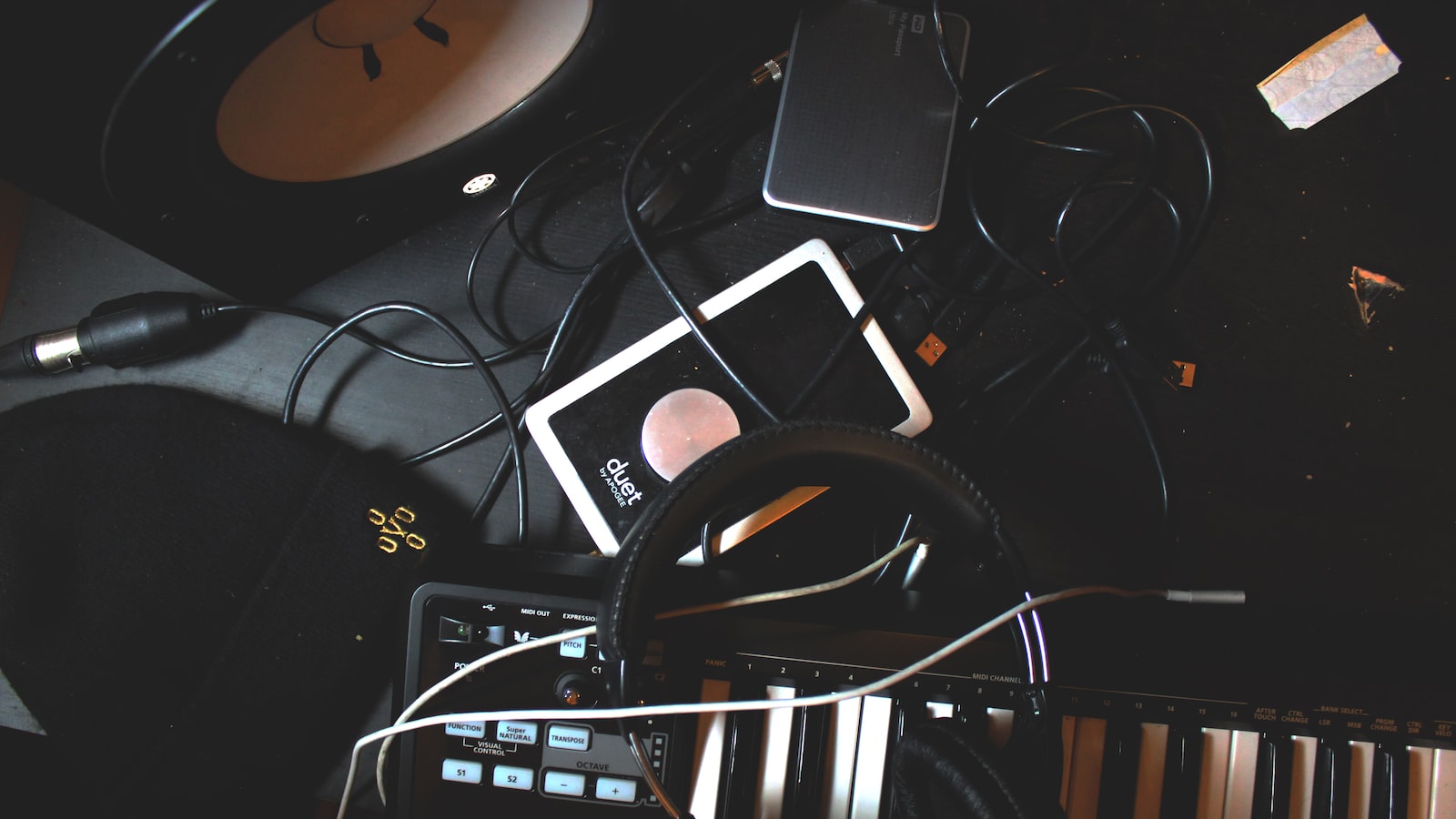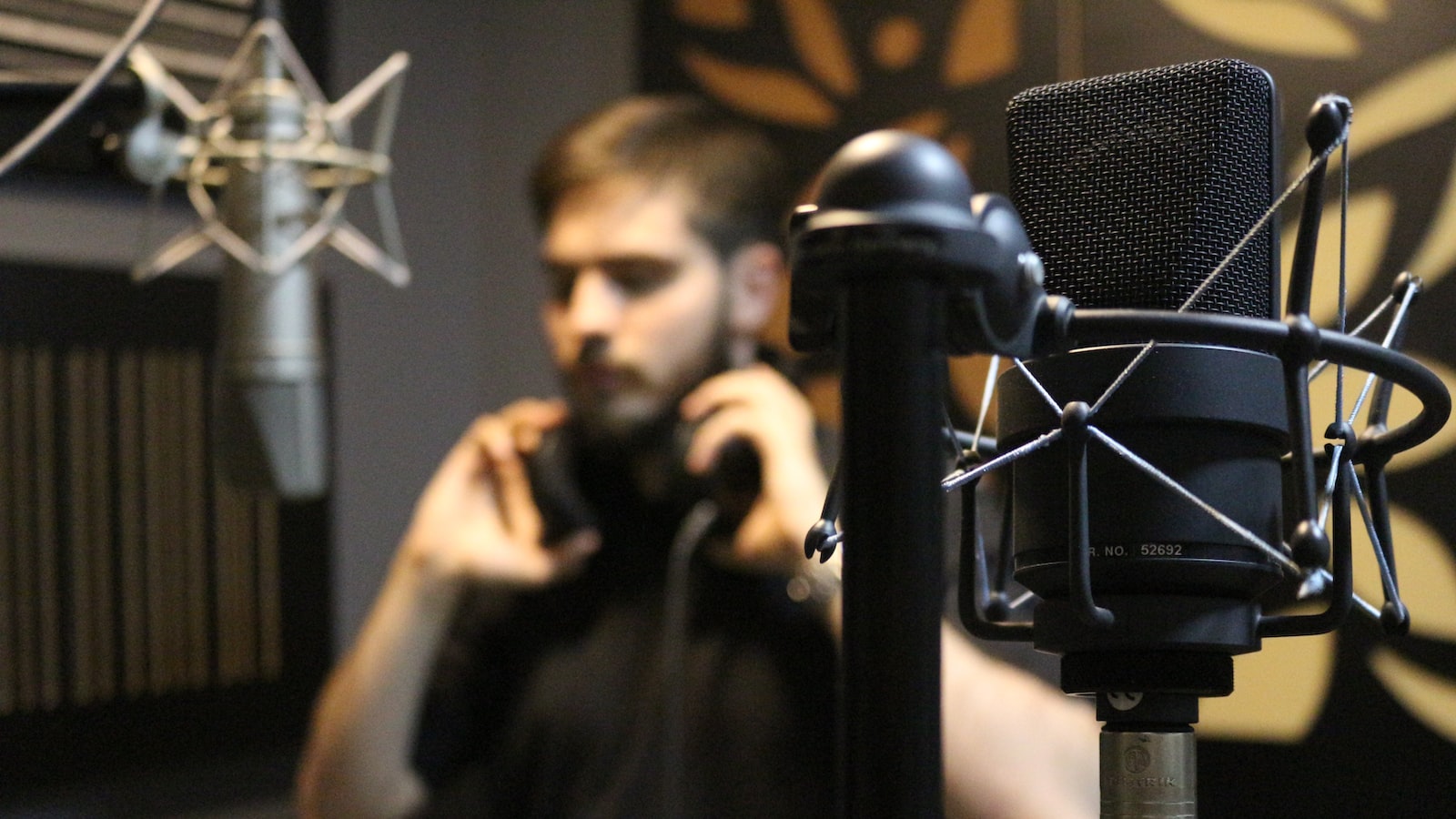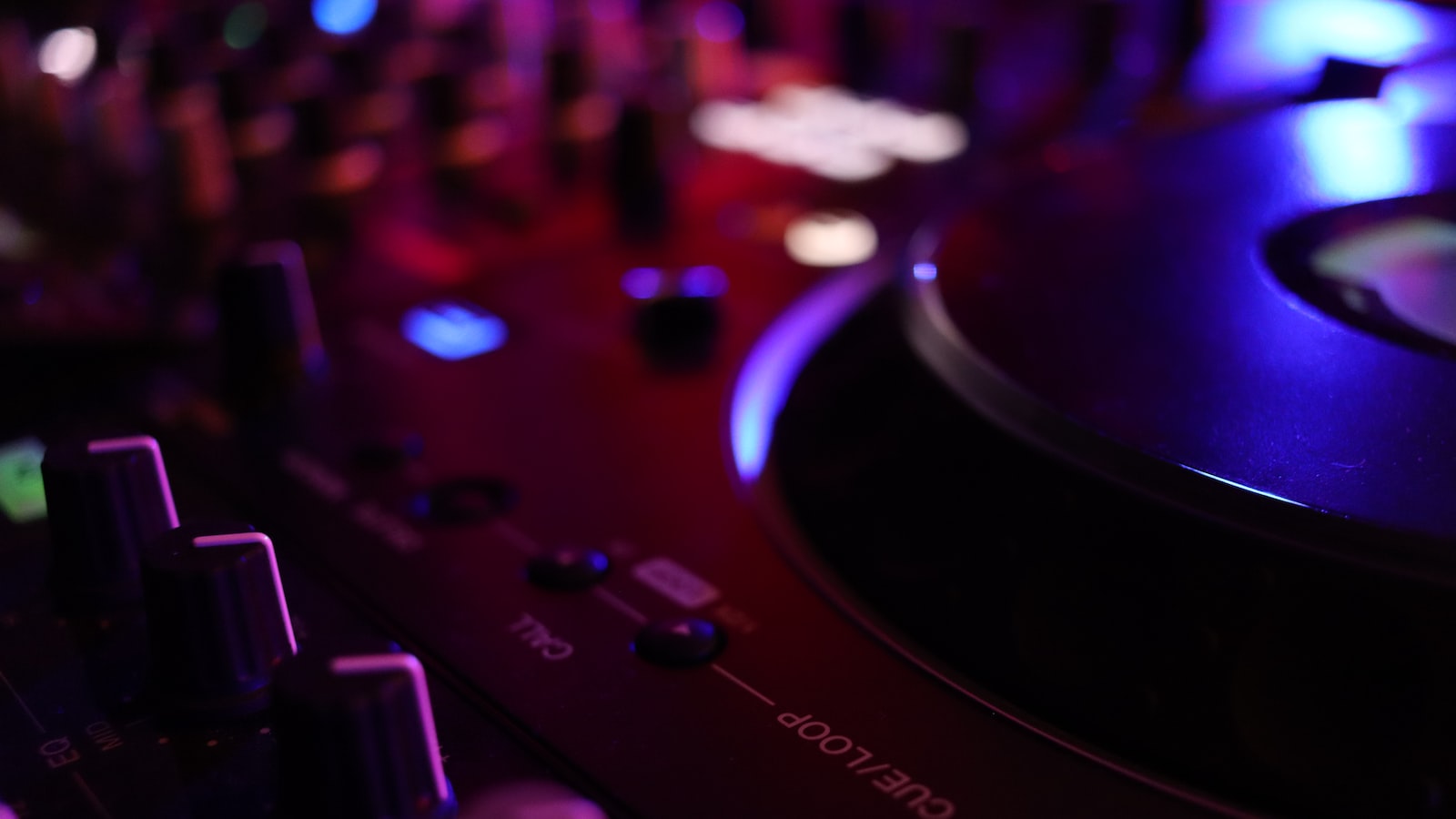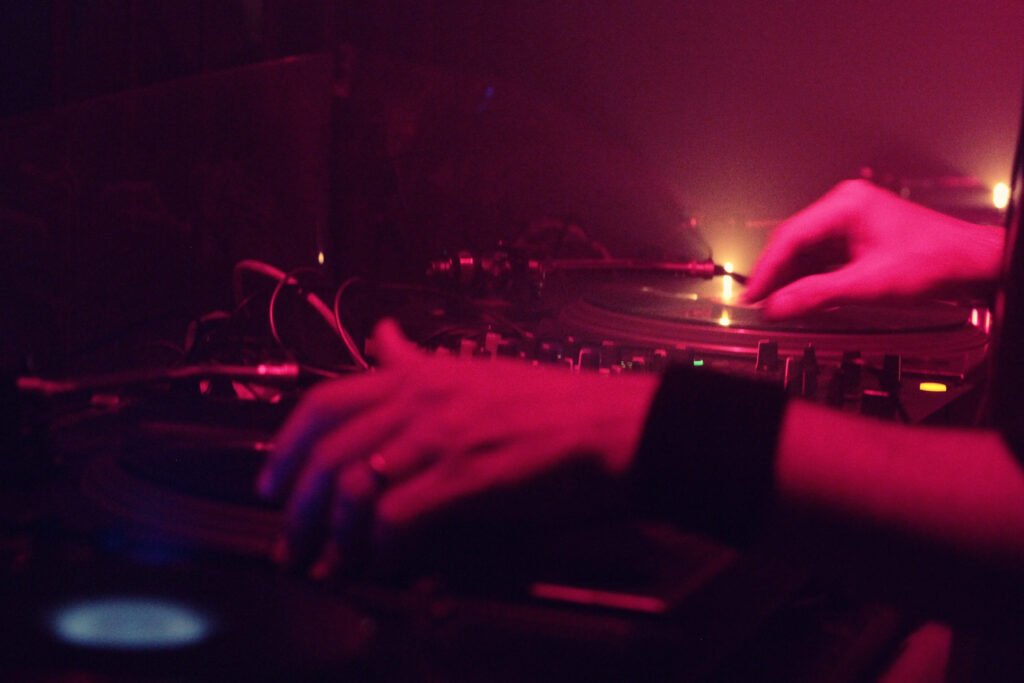
The Magic Behind Beat Matching: A Deep Dive
The world of music production is an ever changing and growing art form. A key aspect of production, that remains a fundamental part of the process, is beat matching. Its complexity has been compared to a form of wizardry, with many producers unknowingly using the techniques that create the perfect rhythm and backbone for their music. Let’s have a deep dive into the magic behind beat matching.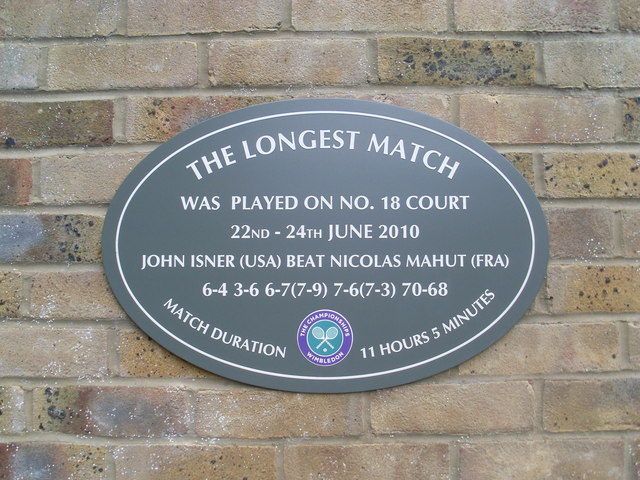
1. Understanding the Mechanics of Beat Matching
Beat matching is the process of merging two pieces of audio together in a rhythmic, flowing way. It is an essential skill for creating rhythmic music, including mixes, remixes, and mashups.
The foundation of beat matching lies in how sound is created and the physics of sound. To match two audio pieces, you must use a tool that will adjust one track so that it is playing at the same speed as the other. This could be a digital Audio Workstation (DAW) or a dedicated audio editing software. To ensure accuracy, it is important to establish a reference point – a beat or an instrumental portion, which will be used as a basis for comparison.
- Timing: Check the timing of each track and adjust the tempo using the BPM (beat per minute) tool, if needed.
- Relative Volume: Match the relative volume levels and adjust if necessary.
- Frequency: Adjust the EQ of the tracks until they match. You might need to add or reduce frequency ranges, or apply more subtle adjustments such as filtering.
- Muting: Ensure that any vocal tracks or high-frequency elements are removed or modified on one of the tracks.
Beat matching is an important skill to master, but it takes time and practice to perfect. With patience and a keen ear, however, you will soon be able to smoothly transition between two songs.
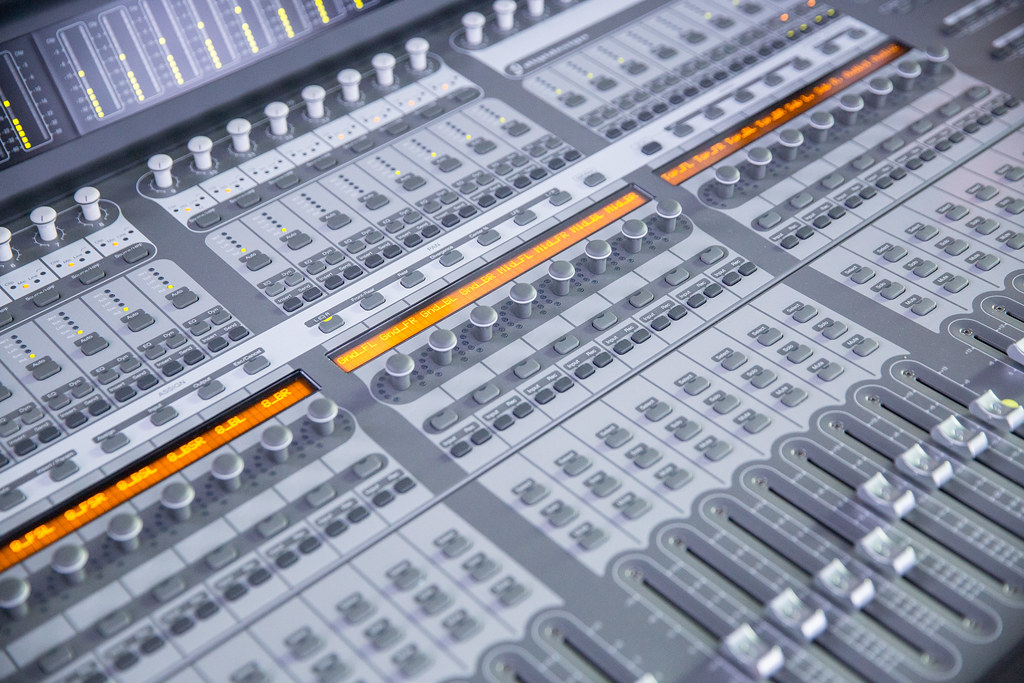
2. Exploring the Art of Mixing Genres
Have you ever felt intimidated by the idea of mixing genres? It can be daunting to explore music that blends together two or more genres. But that doesn’t have to be the case! You can learn some simple tips and techniques that will help you become more comfortable experimenting with the art of mixing genres.
First, start small. Start by combining two styles that have similar characteristics and slowly start to introduce elements from other genres. For example, adding a jazz percussion line to a hip hop track makes for a cool, experimental mashup. Then, take advantage of computer technology to speed up your workflow and experiment with different arrangements quickly and easily.
Besides, you should research different styles and the cultures that created them, so you can develop an understanding of the different sounds the genres have to offer. Build a base knowledge of the music and assimilate it into your own mix. You can try to find different elements that work together, like merging funk drums with a reggae bassline or synthpop melodies with a dubstep drop. It is all about exploring, creating and finding balance between these two elements.

3. Analyzing the Pros and Cons of Beat Matching
Beat matching is one of the most difficult and important components of DJing. Mastering this technique can lead to great success and help you make amazing tunes. However, it is important to weigh the pros and cons of beat matching to ensure that the experience will be a positive one.
Pros:
- It can add unique flavor and textures to your songs.
- It allows for unexpected transitions that can create an exciting atmosphere.
- It allows you to express yourself in new ways.
Cons:
- It takes time to master the technique.
- It can be difficult to transition from one beat to another without jarring the listeners.
- It can be difficult to stay afloat in the mix if you don’t practice enough.
The pros and cons of beat matching can be difficult to weigh, but understanding both sides of the equation will allow you to make the best decision for your own music and DJing style. As with most aspects of the craft, balance and practice are key to staying present and successful in your performances.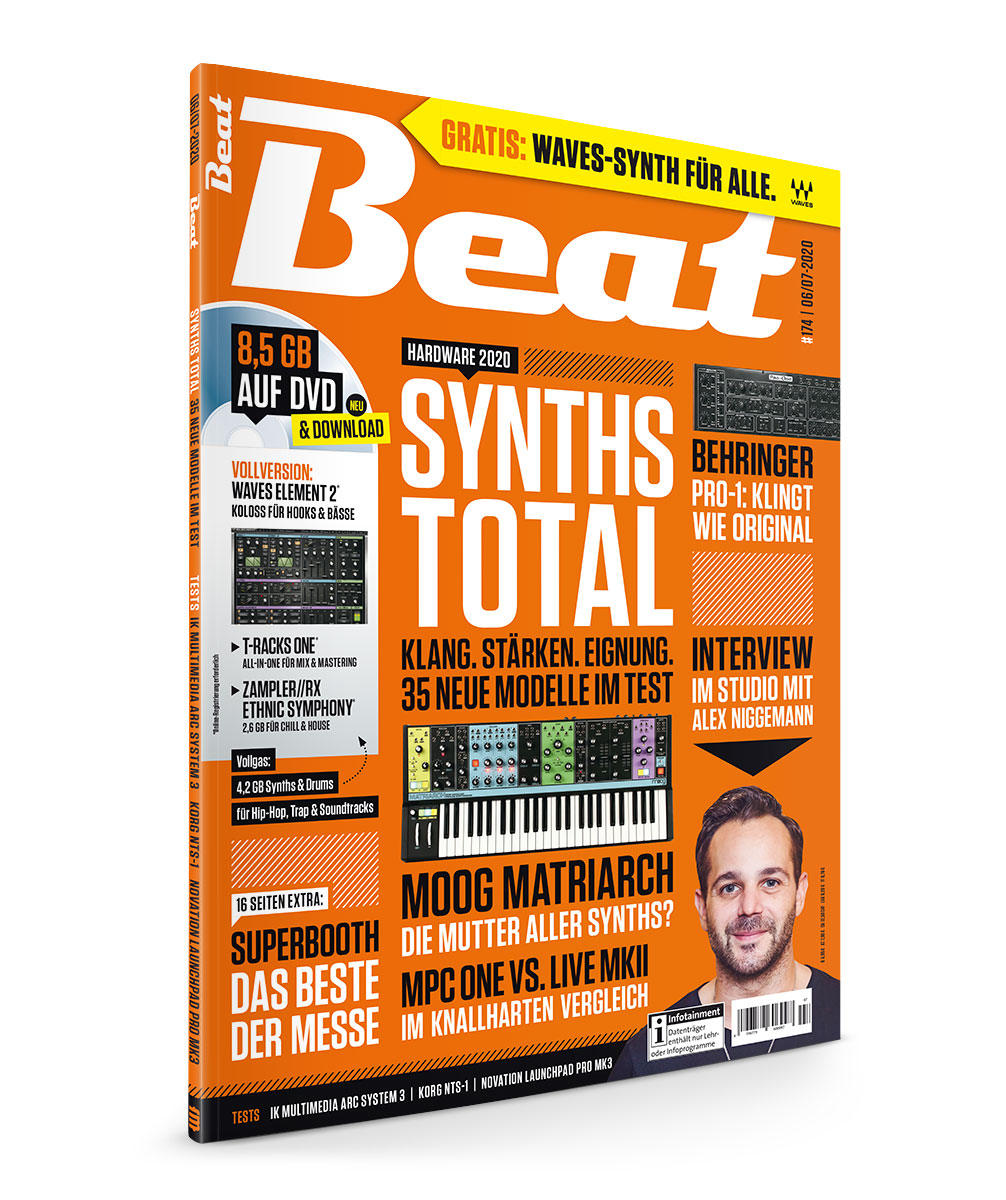
4. Strategies for Becoming a Professional Beat Matcher
Learning the Basics
The first step to becoming a professional beat matcher is to learn the basics. Whether you’re a hobbyist or starting out professionally, understanding the fundamentals of the process is essential. Familiarizing yourself with rhythm patterns and tempo, mastering the fundamentals of DJ technology, and understanding the mechanics of different musical devices are all essential to mastering the art of beat-matching.
Practice and Patience
Although some may have an intuitive understanding of beat-matching, this is relatively rare and most people need to practice and work hard to hone their craft. Create your own practice room and start experimenting with different beats and rhythms to develop a feeling for groove and tempo. It’s important to remember that beat-matching is an organic process that requires patience and continued practice to master. To become a professional beat-matcher, it’s essential to be familiar with various digital audio platforms, techniques, and processes such as:
- Understanding MIDI
- Creating Overdubs
- Mastering EQ and Compression
- Learning how to layer samples
- Manipulating vocals and effects
By continuously honing your skills and mastering different software platforms, you’ll be able to achieve the highest level of beat-matching possible. Once you’ve dug deep into the world of beat matching, you’ll discover just how magical it really is. By learning how to get into the groove of what you are DJing, you can take your mixes to an entirely new level of creativity and performance. So the next time you are behind the decks, remember to practice your beat matching skills and you’ll soon be on your way to a musical journey with no limits!




